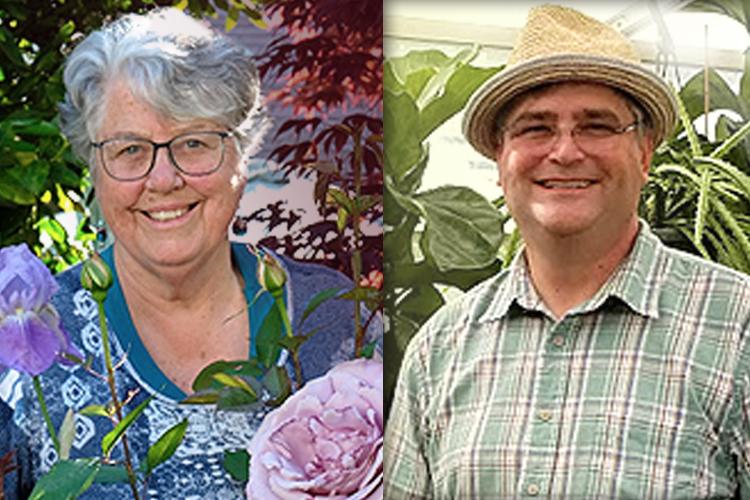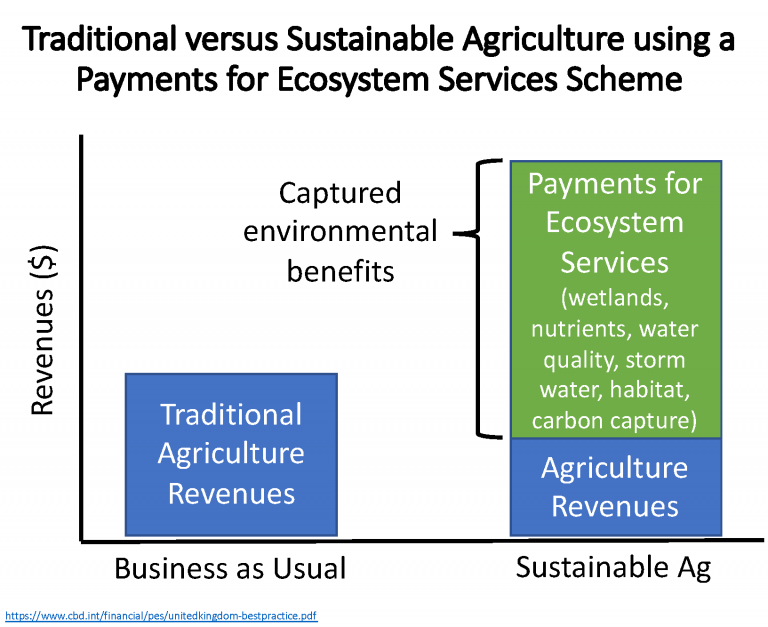A Train Ride to Perris, CA: Investing in a Sustainable Future Now
People, Planet and 2030 Agenda for Sustainable Development
A Train Ride to Perris, CA: Investing in a Sustainable Future
by Theodosia Ferguson and E. Seth Wilson, Healing Living Systems
Imagine a train ride to Perris… Yes, Perris, California is a two-hour train ride from Union Station in downtown Los Angeles. Perris Lake will host the rowing and canoe sprint events for the 2028 Olympics in Los Angeles. What will the moving landscape look like in 10 years as the train transitions from LA’s dense inner-city to the sprawling areas of Corona, Riverside, Moreno Valley and Perris? There is hope that, with investments in sustainable urban agriculture, the ride to Perris reflects the initiatives, similarly made by cities throughout the world, toward achieving the 2030 Agenda for Sustainable Development. This article describes several emerging Payments for Ecosystem Services (PES) products that are in practice and provide additional urban farm income in exchange for metrics-driven, social-environmental benefits.
In 1893, Riverside, CA was the wealthiest city, per capita in the United States. The inland regions’ wealth resulted from the introduction of the Naval Orange in 1873. Abundant water supplied by the largest watershed in Southern California, the Santa Ana River, was canaled to lands with rich organic soils. Thriving in a Mediterranean climate, citrus drove California’s 2nd gold rush. It was said that while driving through Southern California during the 1930s and 1940s, you could smell the orange blossoms for 100 miles.[3]
Today, Riverside County’s farm production value totals $1.2 billion,[4] comparable to the combined value of agricultural production in Massachusetts and Vermont. Agricultural activities contributed $3.61 billion and 27,442 jobs to Riverside County’s economy in 2017. While this statistic may look impressive, the agricultural sector withers in comparison to the $4.4 billion per day in goods moved through this inland region. Riverside and San Bernardino counties (Inland Empire) combine for nearly 220,000 heavy-duty, diesel truck trips a day. Since 2000, Riverside County has experienced the loss of 79,000 acres of agricultural lands.
What does sustainable agriculture look like, given the disparity between cropland value in the West ($6,780/acre) compared to important Inland Empire farmlands offered for warehouse development ($980,000/acre)? As the aging farmer/landowner looks toward retirement, the economic incentive to sell prime farmland to developers is overwhelming. Unless the value of adverse social-environmental impact is recognized, measured, and found to exceed the economic returns for warehouse and housing development, the Inland Empire will continue to sacrifice metrics that shape healthier communities.[12]
This economic disparity presents a potential social dilemma.[13] While the community and the farmer/landowner would all benefit from less sprawling development (e.g. improved air quality, more local fresh fruits and vegetables, more open space, improved health outcomes, etc.), the farmer’s greatest payout is to sell to developers and retire to a different area with better quality of life outcomes
So as rhe 2028 Olympics in Los Angeles will occur as the 2030 Agenda for Sustainable Development approaches, what might a train ride to Perris, CA look like through a lens of sustainable urban agriculture? Will passing neighborhoods display small-lot gardens, homes with grey water and rain catchment systems? Will large open spaces be organized into working landscapes, blooming with ecosystem benefits? Will communities look healthier and more vibrant? Will Southern California reflect similar sustainable urban-ag landscapes found in cities throughout the world? The time to invest in projects that produce a more sustainable future is now.
Read the full blog post here- https://greenmoney.com/a-train-ride-to-perris-investing-in-a-sustainable-future
=======




